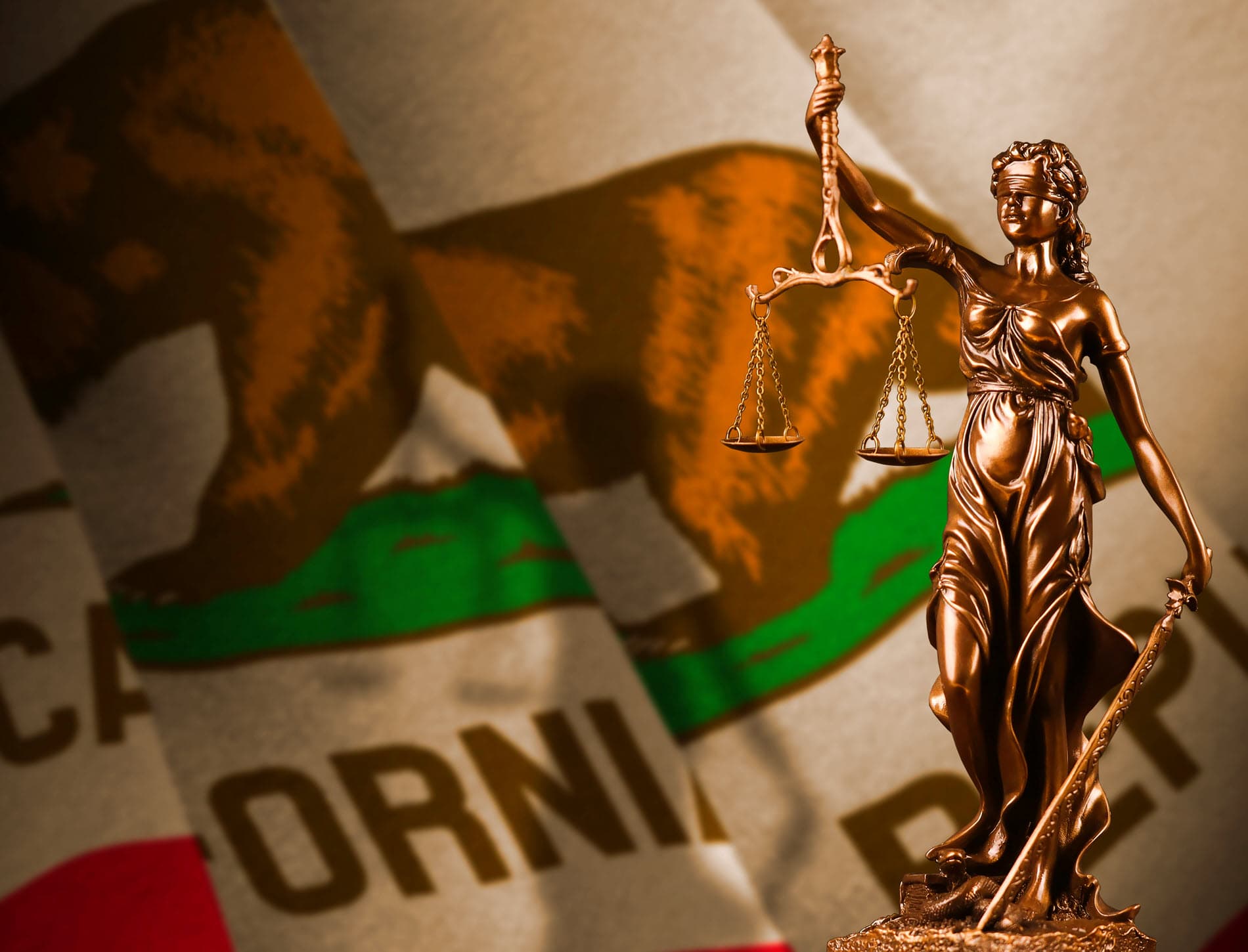3 Reasons Why Non-Unionized Employers Cannot Ignore the National Labor Relations Act
3 Reasons Why Non-Unionized Employers Cannot Ignore the National Labor Relations Act

When people think of the National Labor Relations Act (or the “NLRA,” for short), the image that most commonly comes to mind is that of a historic workers’ rights law enacted back in the 1930s to encourage the formation of labor unions and to assist the nation’s economic recovery from the Great Depression. They often assume that now, almost 100 years later with the existence of workers’ rights a foregone conclusion, the NLRA only has real-world application to those employers whose employees are members of a union.
Although it is true that the NLRA contains many provisions that govern the relationship between employers and trade unions, this does not mean that the NLRA does not impose obligations on employers with a non-unionized workforce. It absolutely does, and in many surprisingly modern ways, such as employee use of social media.
Non-unionized employers who do not consider the NLRA obligations when structuring their policies, practices and business relationships can find themselves defending against an unfair labor practice charge before the National Labor Relations Board (or the “NLRB,” for short), the agency tasked with interpreting and enforcing the NLRA. In a large number of cases, non-unionized employers appear before the NLRB for one of three reasons.
1. An Employment Policy or Practice that Allegedly Interferes with Employees’ Rights to Engage in Concerted Activity
Section 7 of the NLRA protects the rights of all employees (unionized and non-unionized alike) to engage in concerted activity for the purpose of mutual aid and protection. The law defines “concerted activity” broadly and can encompass a wide range of conduct related to employees’ efforts to improve the terms and conditions of their employment, ranging from the relatively obvious (e.g., a group of workers petitioning their employer for safer working conditions) to the far more tangential (e.g., an employee posting a nasty comment about his supervisor on Facebook, and another employee “liking” the post).
An employer may not interfere with or restrain an employee’s right to engage in concerted activity, and may not coerce an employee for engaging in concerted activity. Interfering with an employee’s right to engage in concerted activity can result in an unfair labor practice charge.
For most employers, the fact that employees have a protected right to petition for better work conditions is not, in itself, surprising or controversial. Where employers run afoul of the NLRA is when the NLRB decides that a seemingly common and innocuous employment policy “tends to chill employees” in their exercise of their Section 7 rights. For example, the NLRB has found that a social media policy prohibiting employees from electronically posting statements that “damage” or “defame” the company violates the NLRA, because the language of the policy is so broad that an employee would reasonably construe the policy as prohibiting protected activity (such as complaining about working conditions on social networking sites).
Overly broad social media policies, workplace codes of conduct, civility guidelines and even confidentiality directives (such as the commonly issued directive that employees should maintain the confidentiality of a workplace misconduct investigation) can all result in unfair labor practice charges. Before issuing such policies or directives, employers should review the wording carefully for overbreadth and for any language that can be interpreted as chilling protected activity.
Employers should also ensure that the timing and circumstances surrounding the issuance of the policy do not raise suspicion, e.g., that there is nothing to suggest that the employer is issuing the policy in response to or as a result of petitioning activity by its employees.
2. Alleged “Joint Employment” of the Unionized Employees of a Contractor, Vendor or Other Services Provider
The “joint employer” doctrine is not unique to the NLRA. If a company exercises too much authority or control over the terms and conditions of employment of another company’s employees, the company runs the risk of being deemed a “joint employer” of those employees, and of being held responsible for wage and hour and other employment law violations allegedly committed against those employees. However, a company that is engaged in a business relationship with another company that has a unionized workforce faces the additional risk of being deemed a “joint employer” under the NLRA and held responsible for an unfair labor practice charge allegedly committed by the unionized employer.
This scenario most frequently comes up in the course of a contractor/subcontractor relationship, but can also arise in a seemingly straightforward services provider relationship. For example, if the management company of a residential property retains the services of a janitorial or maintenance company with a unionized workforce and exercises too much control over the work conditions of that workforce, the management company risks being named as a “joint employer” in an unfair labor practice charge filed against its services provider.
This means that a company engaged in a business relationship with a unionized contractor or services provider should take steps to ensure that it is not behaving like a “joint employer” as that term is defined and interpreted by the NLRB. The NLRB’s definition of “joint employer” can differ from the way in which courts define the term for purposes of wage and hour laws. What is more, the NLRB’s definition of “joint employer” tends to change as the political makeup of the NLRB changes.
For example, in the last several years, the NLRB has changed its position several times on questions such as whether indirect control over the terms and conditions of employment is sufficient to establish a joint employment relationship, and whether the right to exercise control is sufficient, or whether the company must actually exercise that right. Companies engaged in business relationships with unionized employers should be aware of what currently constitutes “joint employment” under the NLRA and make every effort to ensure that neither the contractual language that governs their relationships nor their actual conduct gives rise to a “joint employment” claim.
3. Alleged Unlawful Conduct During an Organizational Campaign
Any workforce can attempt to unionize, with or without the support of an existing labor organization. Either an existing union or the employees themselves may file a petition with the NLRB for a representation election after collecting signatures from at least 30% of workers in the potential bargaining unit, and the NLRB will hold the election. Even if the organizational campaign is ultimately unsuccessful and does not result in unionization, the filing of a petition and the issuance of an election notice by the NLRB imposes certain obligations and prohibitions on the employer and exposes the employer to a risk of an unfair labor practice charge if the employer fails to comply with its obligations.
There are strict rules about what an employer can and cannot do to advocate against unionization. For example, an employer may remind employees of their existing benefits, but may not promise improved benefits in the event of a vote against unionization or threaten worse benefits in the event of a vote for unionization. An employer may administer discipline without regard to employees’ position on unionization, but cannot discriminate against pro-union employees in administering discipline, assigning work or making work schedules.
The list of obligations and prohibitions is long and complicated. There are also restrictions on the timing and conduct of so-called “captive audience” meetings held by employers to discuss the campaign. The person(s) handling communications on behalf of the company during an organizational campaign must be educated on all of the requirements and restrictions, and all communications must be carefully scripted.
This list is by no means exhaustive. The NLRA can impact non-unionized employers in a number of different ways that are unique to each industry and each employer. However, employers can anticipate and diffuse many risks by understanding how the NLRA can impact them and seeking the necessary legal counsel prophylactically, i.e., before inadvertently and unknowingly implementing an unlawful policy or engaging in a risky practice.
Stay up-to-date with the Procopio newsletter.
Sign Up NowMEDIA CONTACT
Patrick Ross, Senior Manager of Marketing & Communications
EmailP: 619.906.5740
EVENTS CONTACT
Suzie Jayyusi, Events Planner
EmailP: 619.525.3818








